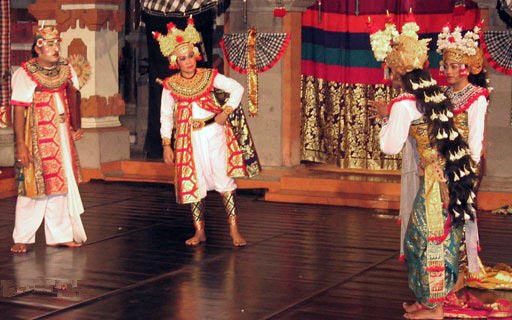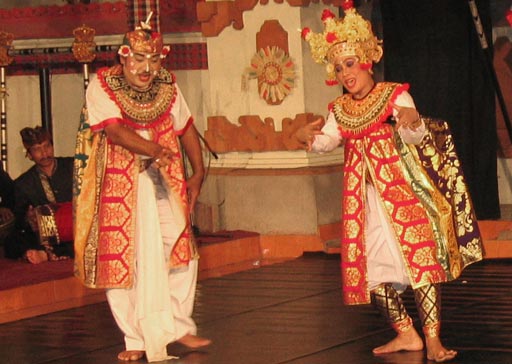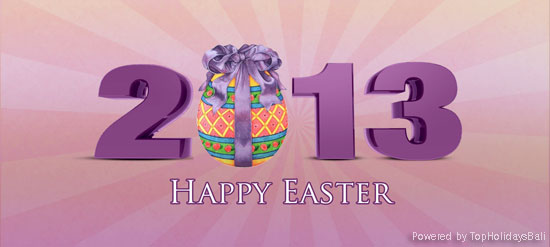Arja Dance is a kind of Balinese theatrical performance, further development of Gambuh, the oldest theatrical performance in Bali. The word “arja” is derived from the word “reja” means “beauty”. The birth of Arja can be traced back to the year around 1175-1825 in the reign of Dewa Agung Sakti, the king of Klungkung.
Arja Dance is one of the most technically difficult dance-drama of Bali, since the dancers must sing and dance at the same time. This characteristic is similar to opera performance in western countries. The language that is used in Arja performance is a mixing of Kawi (ancient language of Javanese and Balinese). The royal characters sing and talk in a high partly in kawi, partly in high Balinese, and are paraphrased by their servants or ministers into common Balinese that is much more easily understood by the audience.
At first, the traditional Arja performance is accompanied by specific musical instrument called Geguntangan, (while “geguntangan” means “gamelan which uses guntang”. Guntang is a kind of bamboo harp whose strings are made of the outer skin of the bamboo which are cut into long and thin pieces and stretches like strings. Geguntangan Arja music uses two sizes of guntang: large and small) but recent development shows an inclination to use Gamelan Gong as accompanying music instead of geguntangan.
  |
  |
The plots of Arja are drawn from a wide range of literary sources, the Mahabharata, Love stories drawn from the classics of the ancient kingdoms of Java, Chinese tales of passion and other sources. There is no strict gender distinction in Arja performance. Women often play the leading men, especially refined types. Men play some of the coarser female roles.
The Arja enjoyed it golden era in 1930s. At that time, an Arja performance was great social event in the village. Audiences came from miles away; the show began at midnight and last until dawn. For a time during the 1970s and 1980s, Arja lost out in popularity to Drama Gong. By about 1990, however Arja, which retained a certain classic integrity, had come back into vogue. At the beginning of 21st century, Arja experienced a short grand revival by the appearance of Arja Muani (an Arja group that all the performers are men even for female characters). This revival due to significant changing in traditional form of Arja. The new Arja uses only 5 to 7 characters (the traditional arja uses more than 10 characters), the duration is cut from 5 or 6 hours into 2 or 3 hours, and the new Arja gives more emphasis on the joke than the story.
This revival did not last long. At the end of 2005, Arja sank into oblivion. Nowadays an Arja performance is a rare event, only once in 5 or 6 months.






